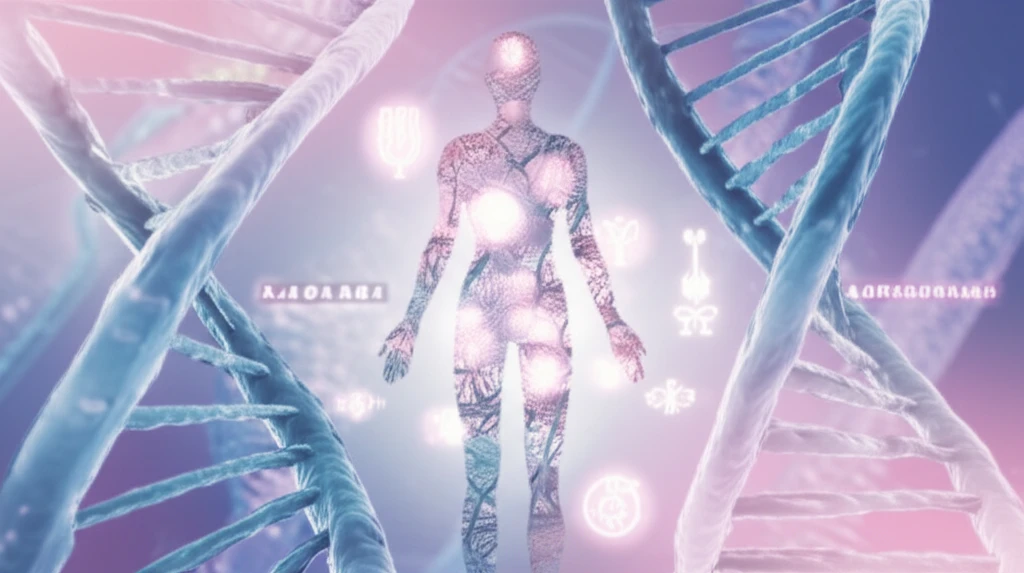
Uncommon Syndromes and Hormone Deficiencies: What You Need to Know
"Exploring rare cases of Allgrove Syndrome, Noonan Syndrome, and Sheehan's Syndrome, and their surprising links to hormone imbalances."
Hormone deficiencies can manifest in various ways, sometimes linked to underlying genetic syndromes. Early diagnosis and appropriate management are crucial for improving the quality of life for affected individuals. This article examines several case studies presented at the SFE Nancy 2018 conference, highlighting the complex interplay between rare syndromes and hormone imbalances.
We will explore cases of Allgrove syndrome (3A), Noonan syndrome, and Sheehan's syndrome, each presenting unique challenges in diagnosis and treatment. These cases underscore the importance of considering genetic factors when evaluating hormone deficiencies and the need for a multidisciplinary approach to patient care.
This review focuses on extracting key insights from the research to inform a broader audience about these conditions, emphasizing the significance of early detection, genetic counseling, and personalized treatment strategies.
Allgrove Syndrome (3A) and Hypogonadism: A Rare Connection

Allgrove syndrome, also known as the 3A syndrome, is a rare autosomal recessive disorder characterized by achalasia, alacrima (lack of tear production), and adrenal insufficiency. A recent case study highlights an unusual presentation of this syndrome: hypogonadotropic hypogonadism.
- Key Symptoms: Alacrima, adrenal insufficiency, achalasia, and delayed puberty.
- Hormonal Findings: Low testosterone, FSH, and LH levels, indicating hypogonadotropic hypogonadism.
- Genetic Testing: Recommended to further elucidate the nature of the association between 3A syndrome and hypogonadism.
Key Takeaways and Implications
These case studies highlight the importance of considering rare syndromes in the differential diagnosis of hormone deficiencies. Early diagnosis and appropriate management are crucial for improving patient outcomes.
Genetic testing plays a vital role in confirming diagnoses, understanding underlying mechanisms, and providing accurate genetic counseling. A multidisciplinary approach involving endocrinologists, geneticists, and other specialists is essential for comprehensive patient care.
Further research is needed to elucidate the complex interplay between genetic factors and hormone imbalances in these rare conditions, leading to improved diagnostic and therapeutic strategies.
